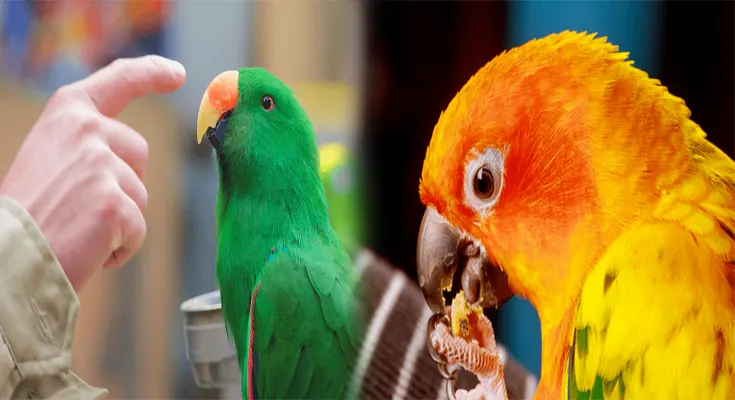Exotic birds are fascinating and intelligent creatures that can make wonderful companions when properly cared for and handled. However, due to their unique nature, exotic birds require specific techniques to ensure they are comfortable and socialized. In this article, we will discuss handling and taming techniques for exotic birds to foster a strong bond and trust between you and your feathered friend.
1. Approach with Calmness and Patience
When interacting with exotic birds, it is essential to approach them with calmness and patience. Sudden movements or loud noises can startle birds and make them feel anxious. Slow, gentle movements and a soothing voice can help create a relaxed environment and build trust with your bird.
2. Allow Birds to Acclimate to Their Environment
Exotic birds, especially those that are new to your home, need time to acclimate to their surroundings. Give them space to explore their cage or aviary at their own pace before attempting to handle them. This helps reduce stress and allows the bird to feel more comfortable in their new environment.
3. Use Positive Reinforcement
Positive reinforcement is a powerful tool in taming exotic birds. Reward your bird with treats, praise, or their favorite toys when they exhibit desired behavior, such as stepping onto your hand or interacting with you voluntarily. This creates a positive association with you and encourages your bird to trust and bond with you.
4. Gradual Desensitization
For birds that are fearful or skittish, gradual desensitization can help them become more comfortable with handling. Start by introducing your hand near the bird without making direct contact, and gradually increase physical contact as the bird becomes more relaxed. This gradual approach allows the bird to build trust in stages and reduces their fear.
5. Respect Their Body Language
Birds communicate through subtle body language cues, and it is crucial to respect and understand these signals when handling them. Signs of stress or discomfort, such as fluffing up feathers, rapid breathing, or vocalizing in distress, indicate that the bird is not comfortable with the current situation. Recognizing and responding to their body language helps build trust and prevents negative interactions.
6. Establish a Routine and Bonding Time
Consistency and routine are essential in taming exotic birds. Establish a schedule for feeding, playtime, and training sessions to provide structure and security for your bird. Spending dedicated bonding time with your bird, such as talking to them, offering treats, or engaging in interactive play, strengthens the bond between you and your feathered companion.
Handling and taming exotic birds require patience, understanding, and a gentle approach. By creating a calm and positive environment, using positive reinforcement, and respecting your bird’s boundaries and body language, you can build a trusting and respectful relationship with your exotic bird. With time, patience, and consistent efforts, you can develop a strong bond with your feathered friend and provide them with a loving and enriching environment.





